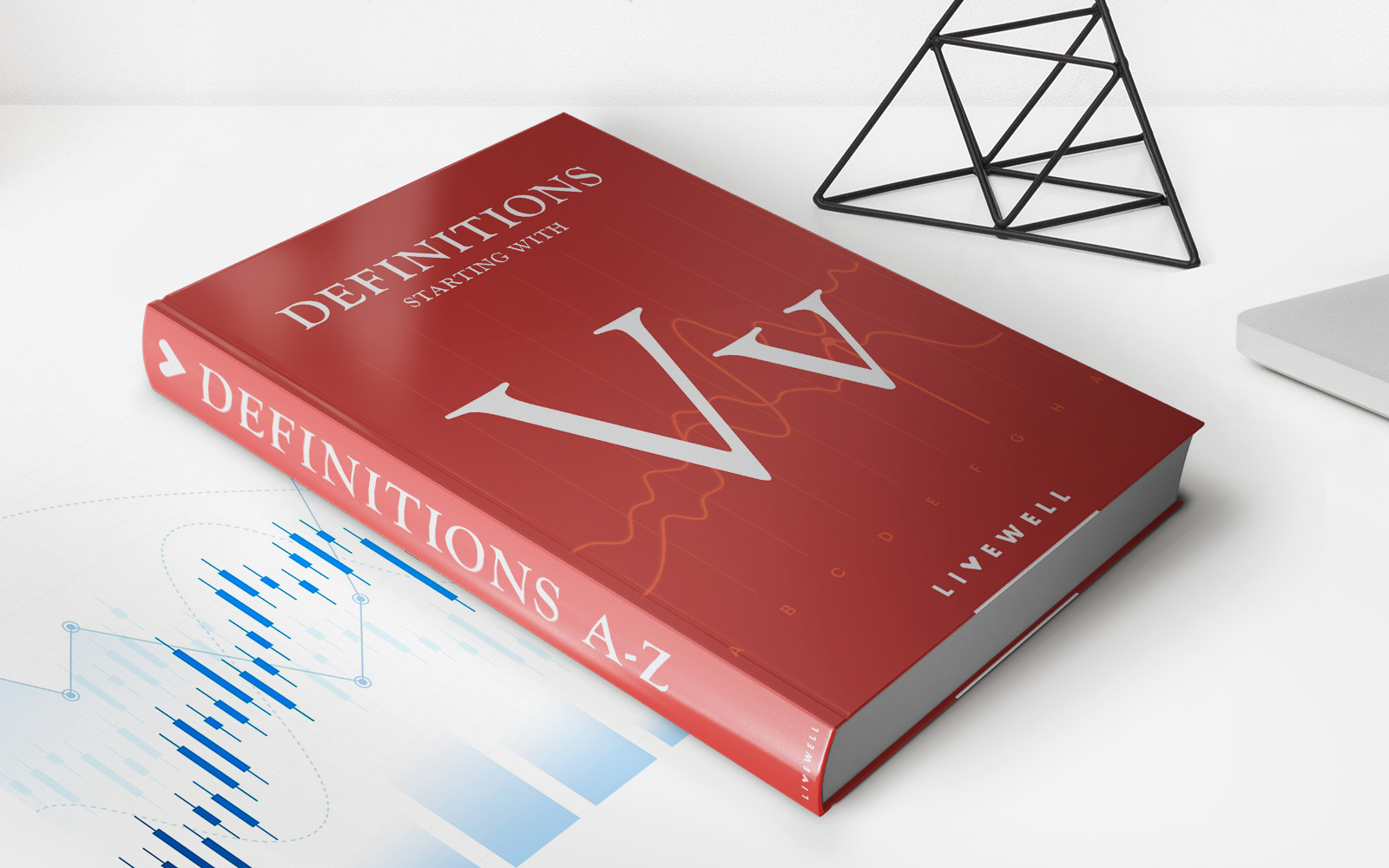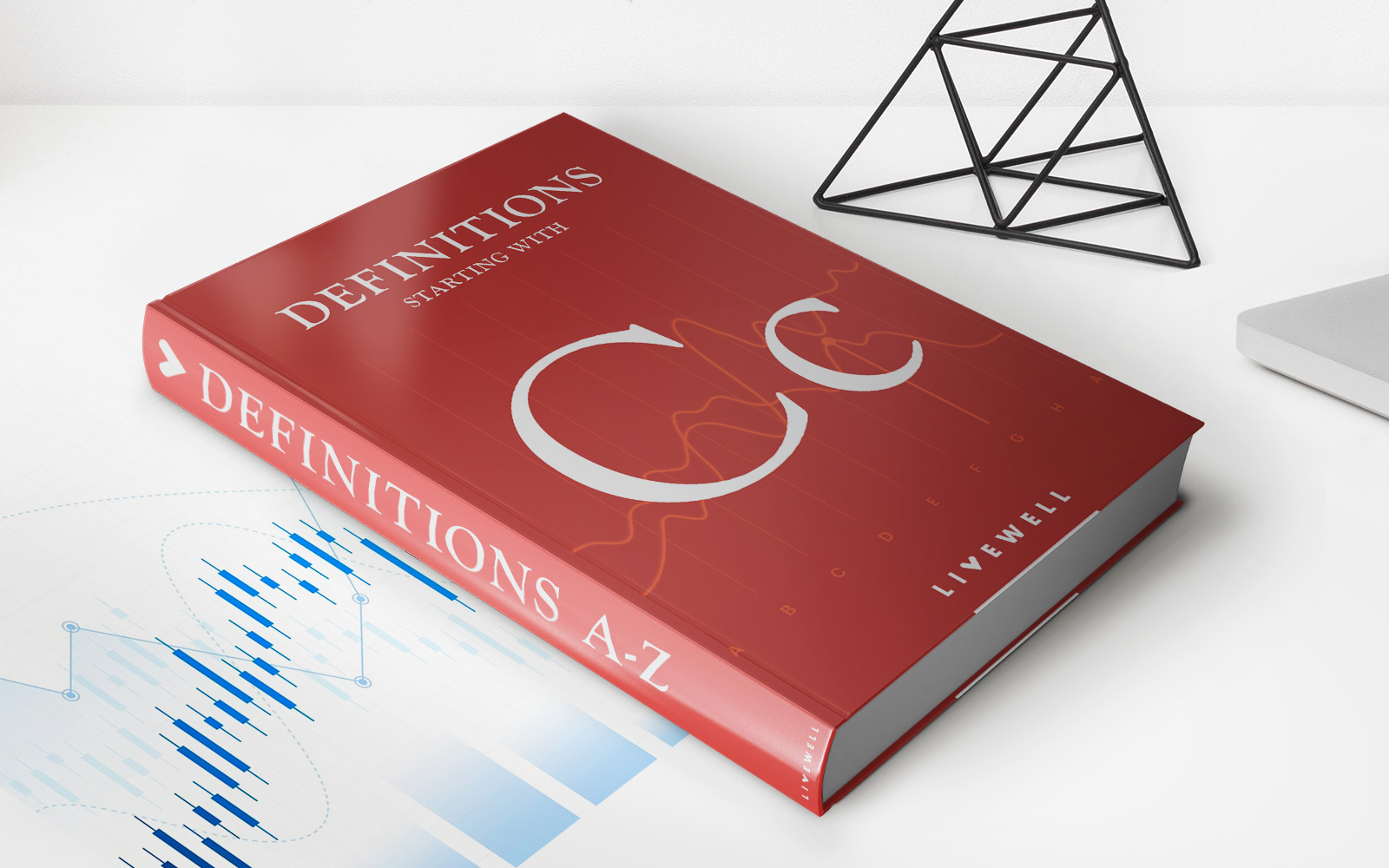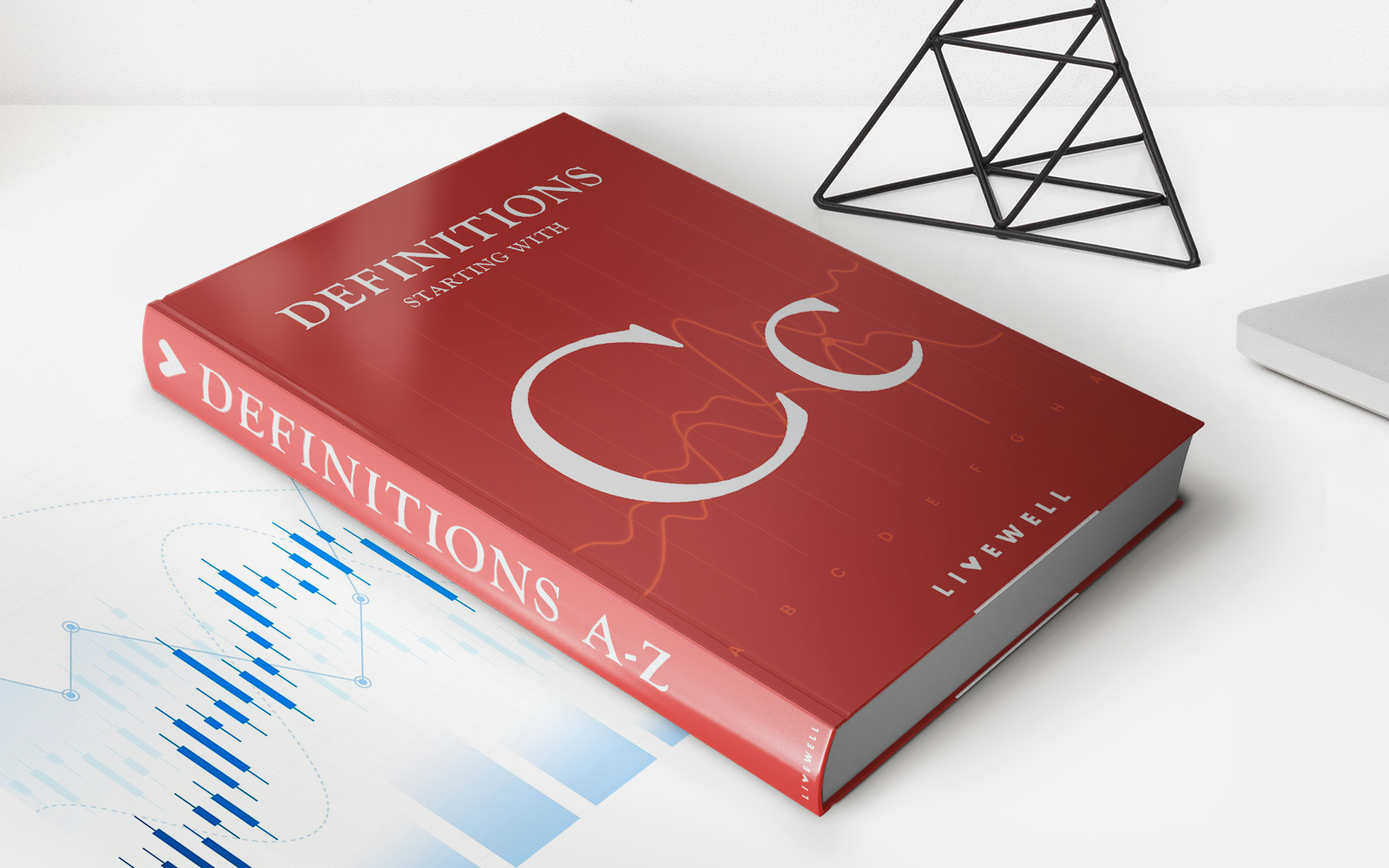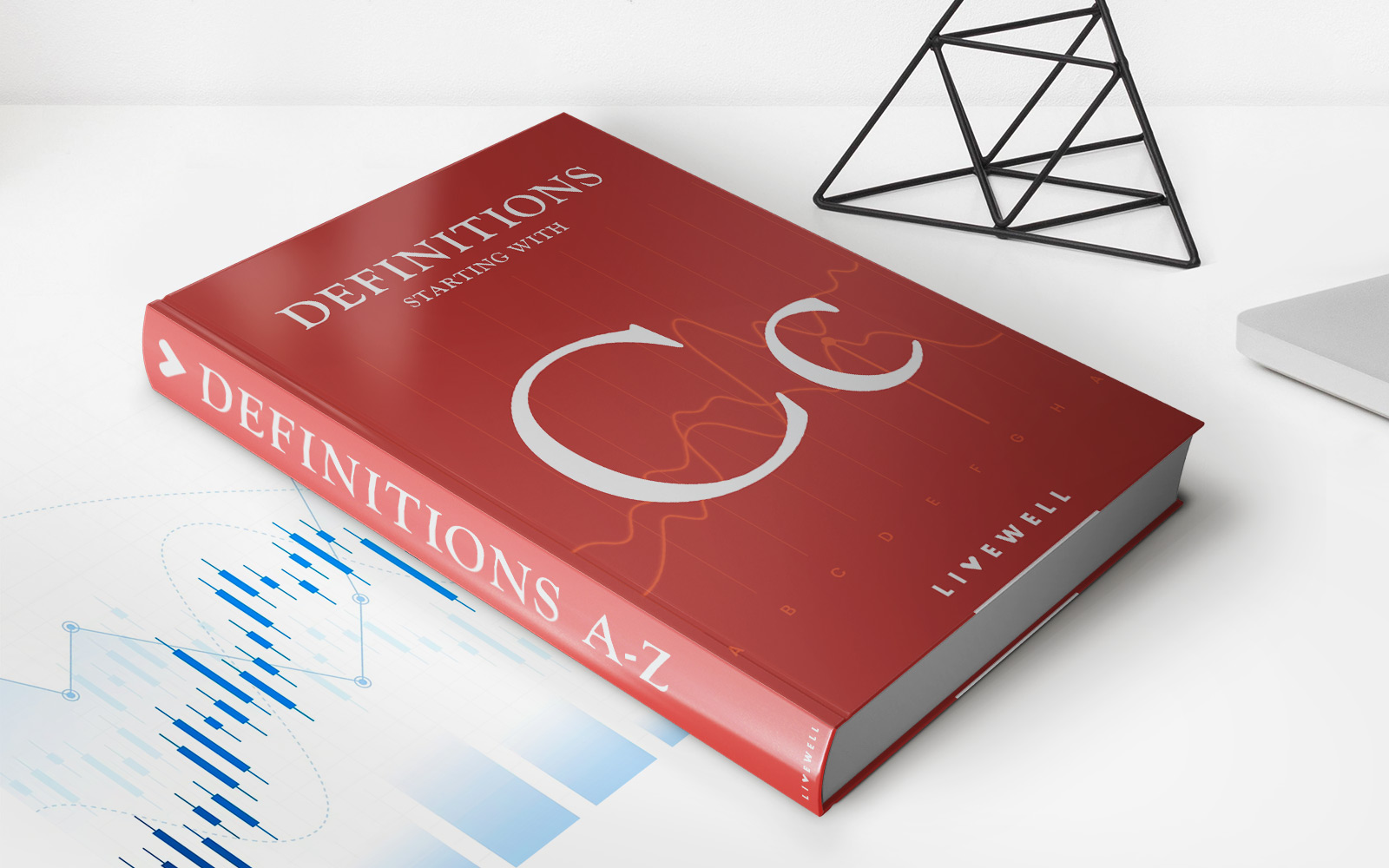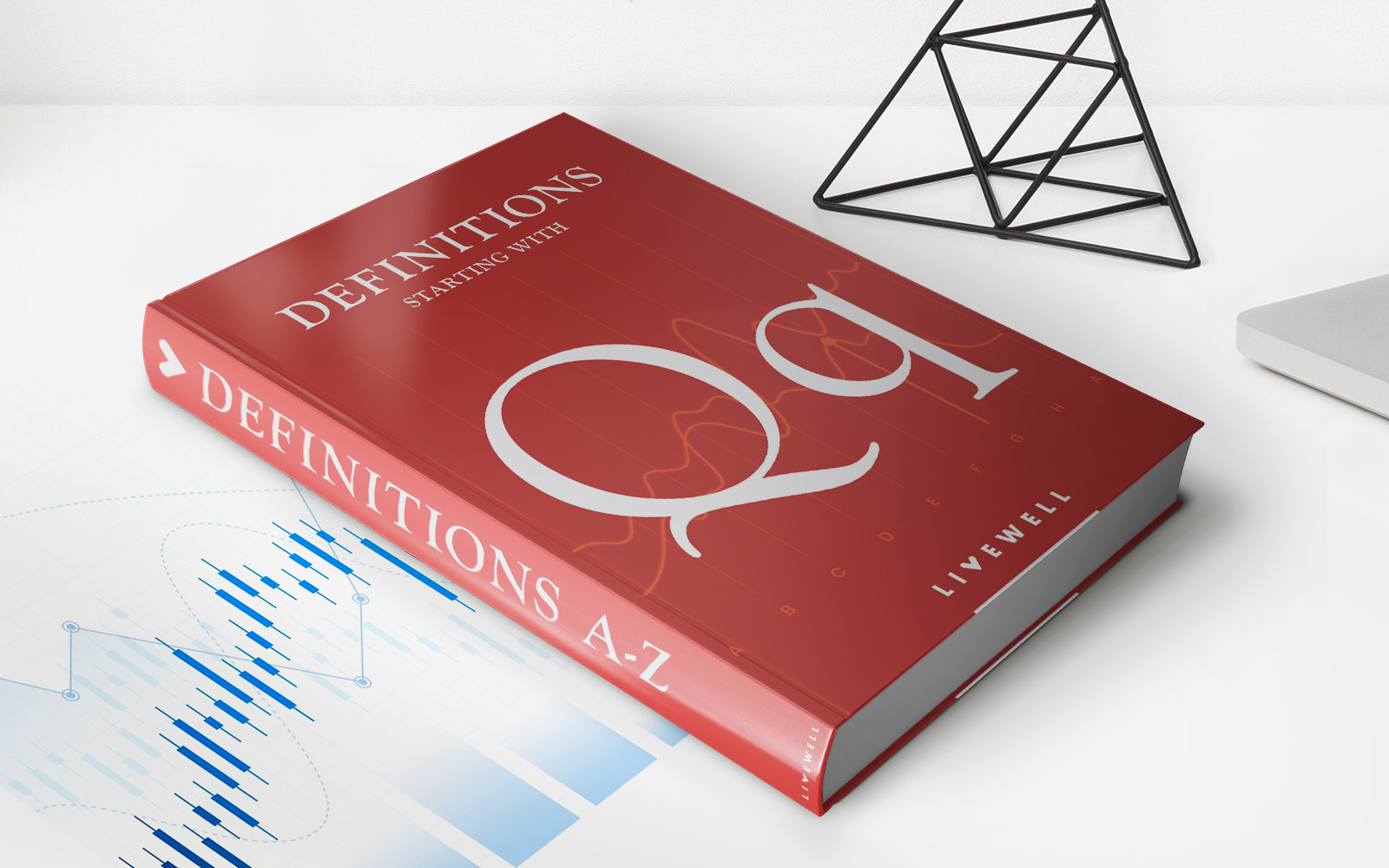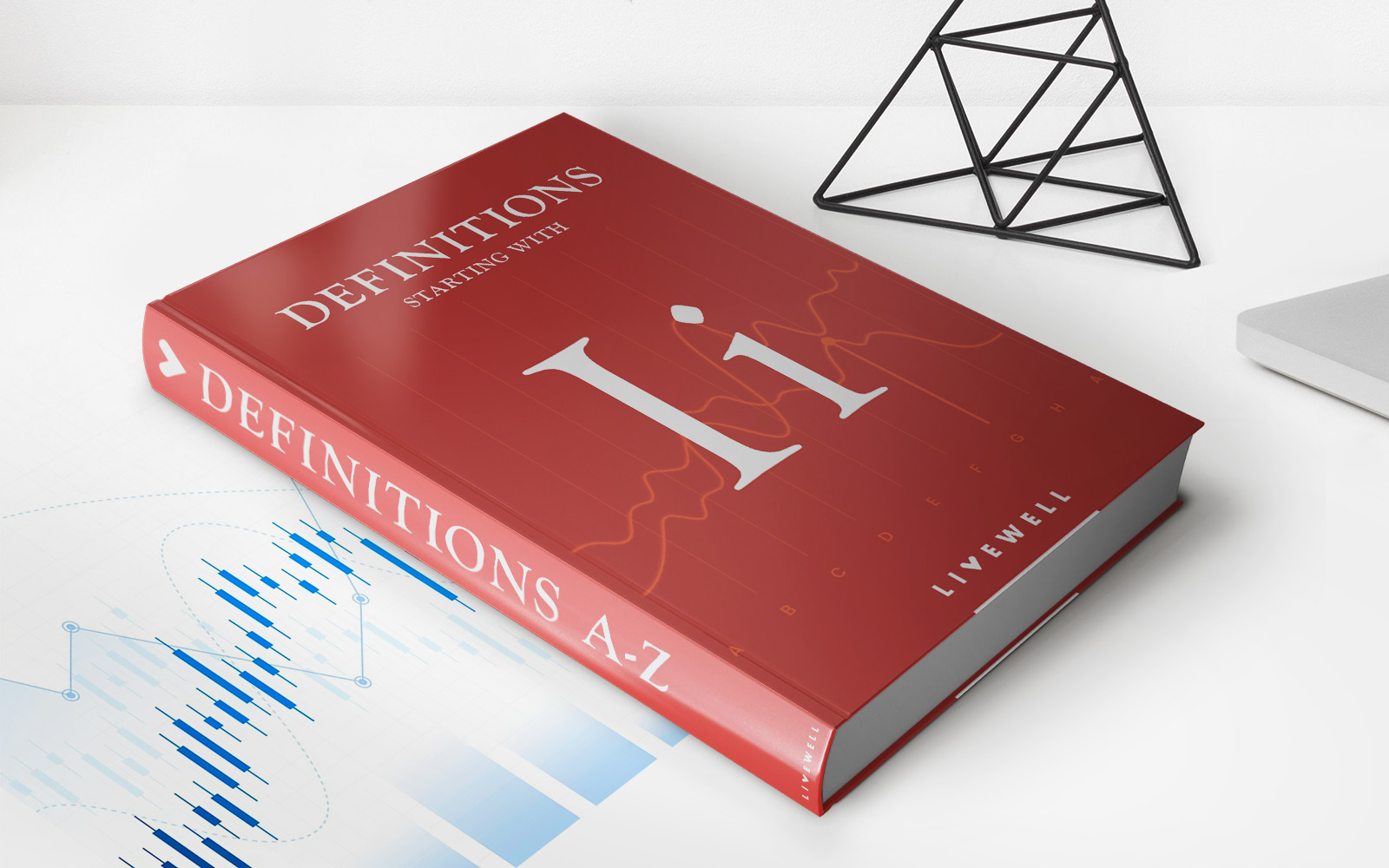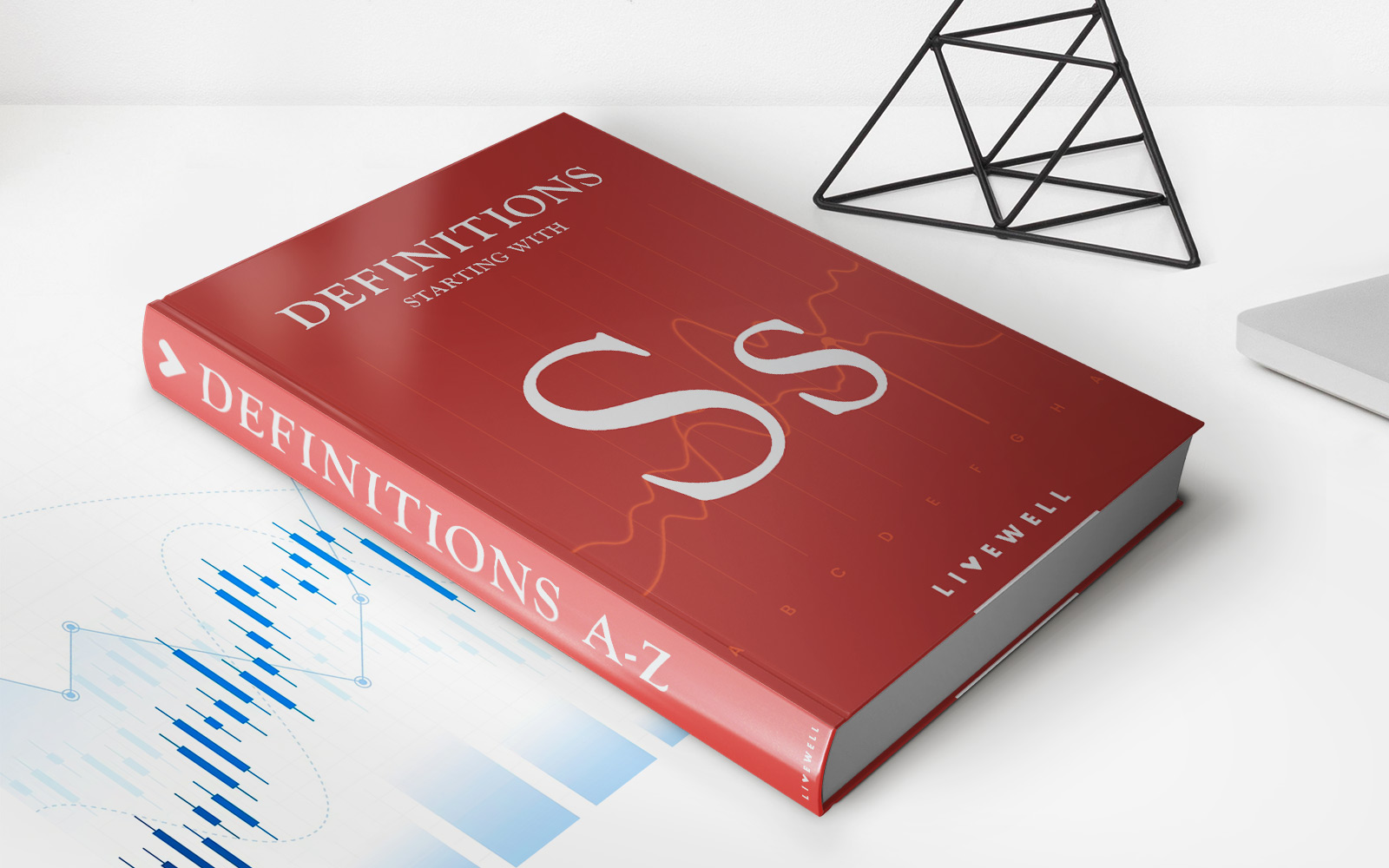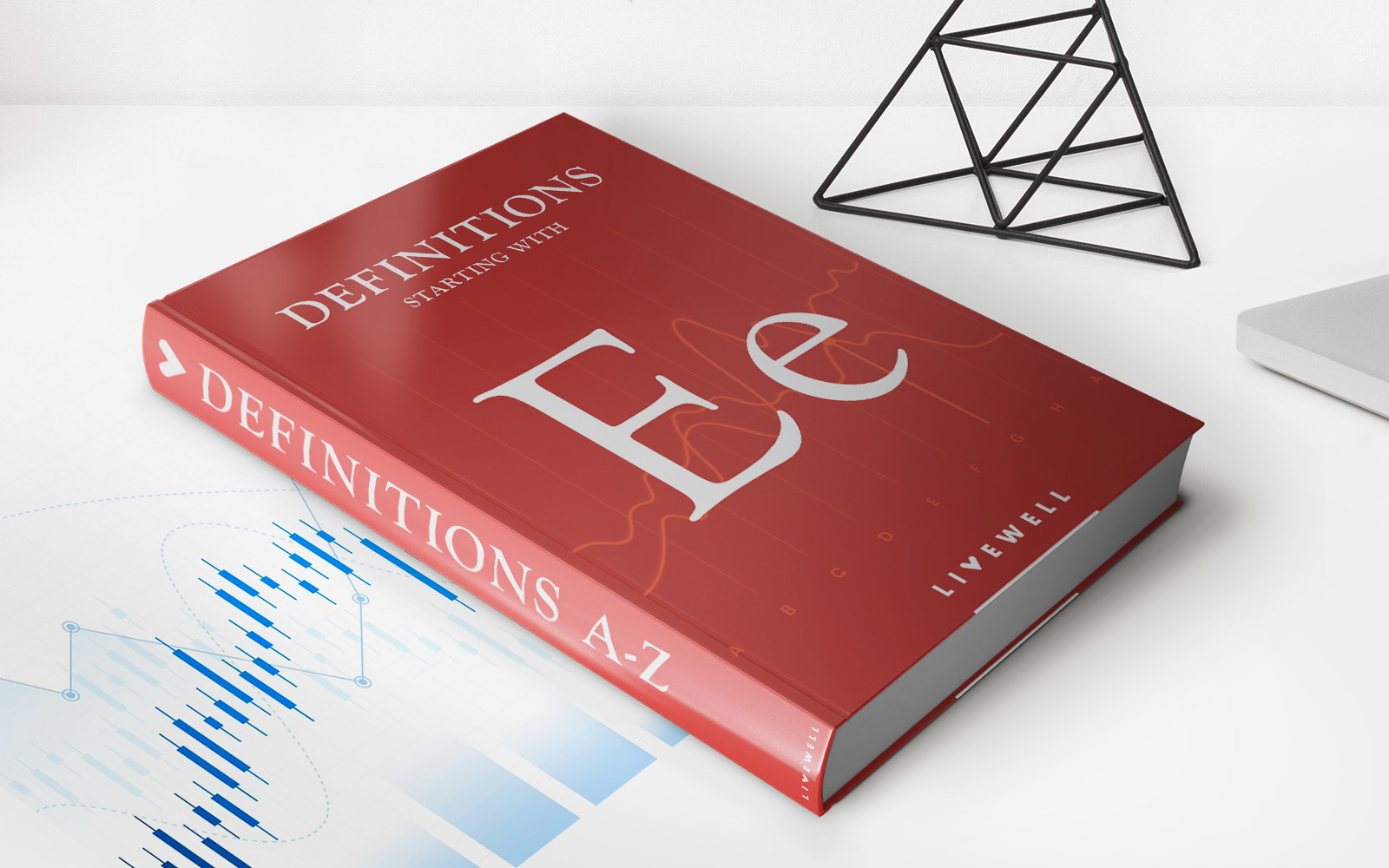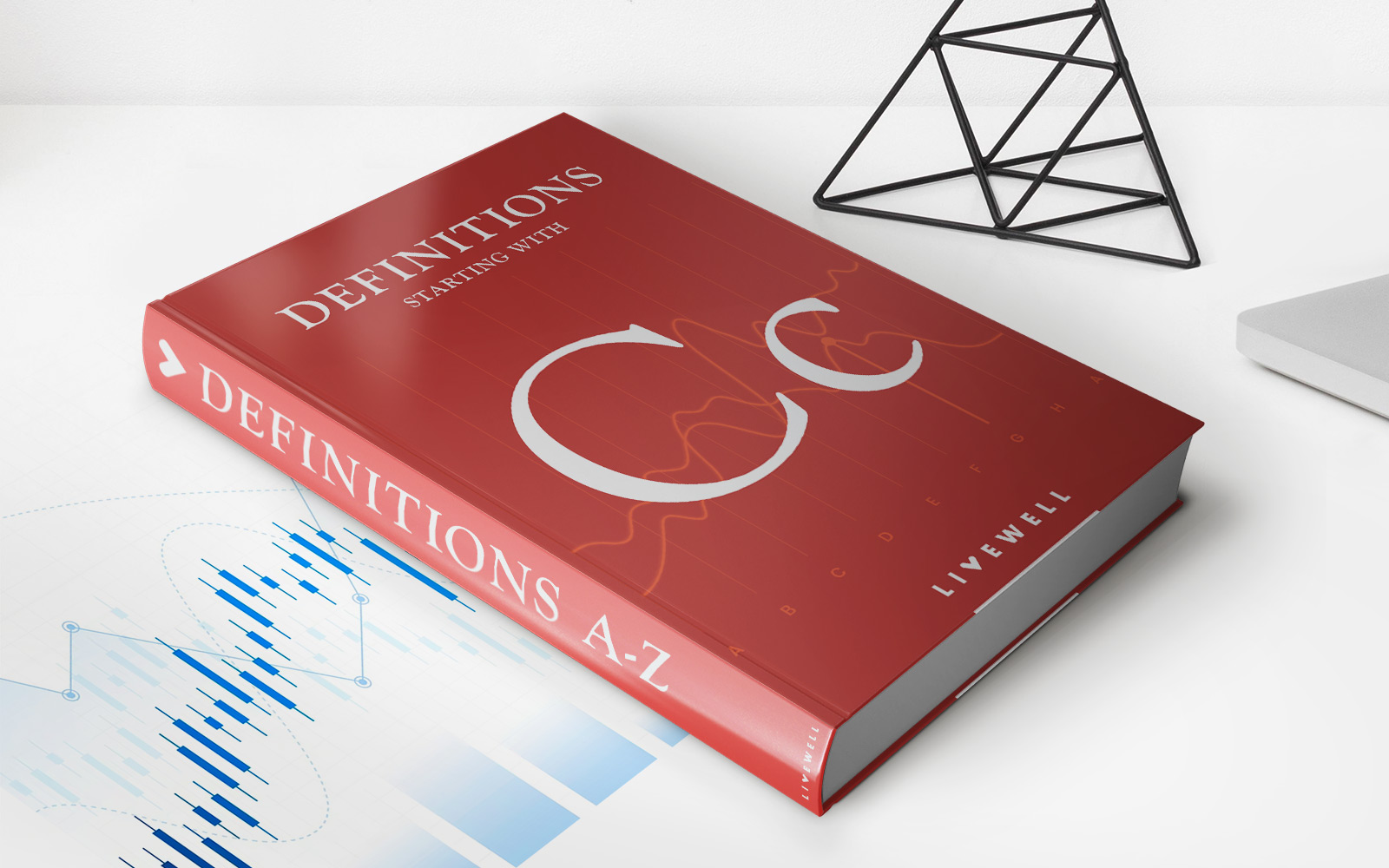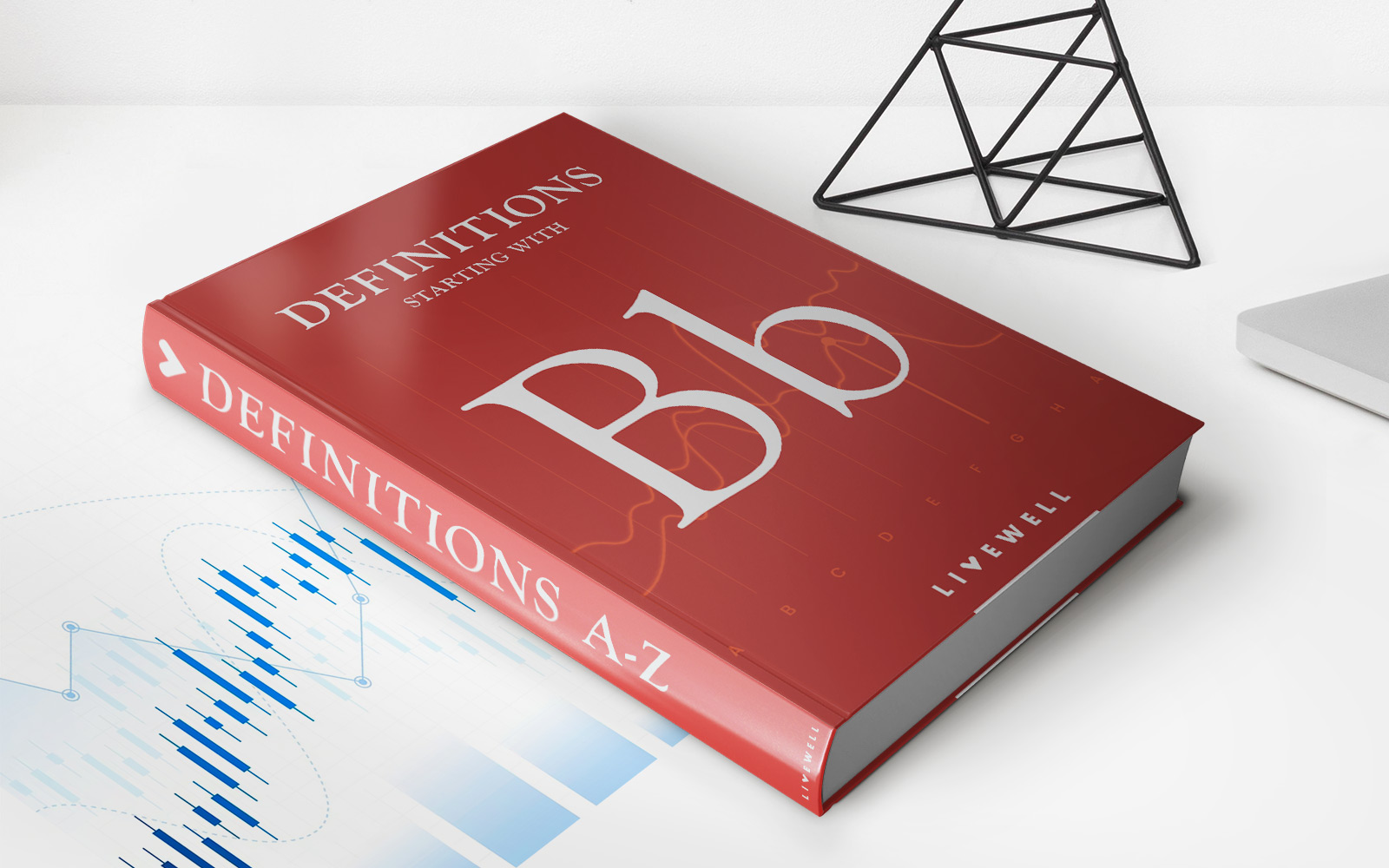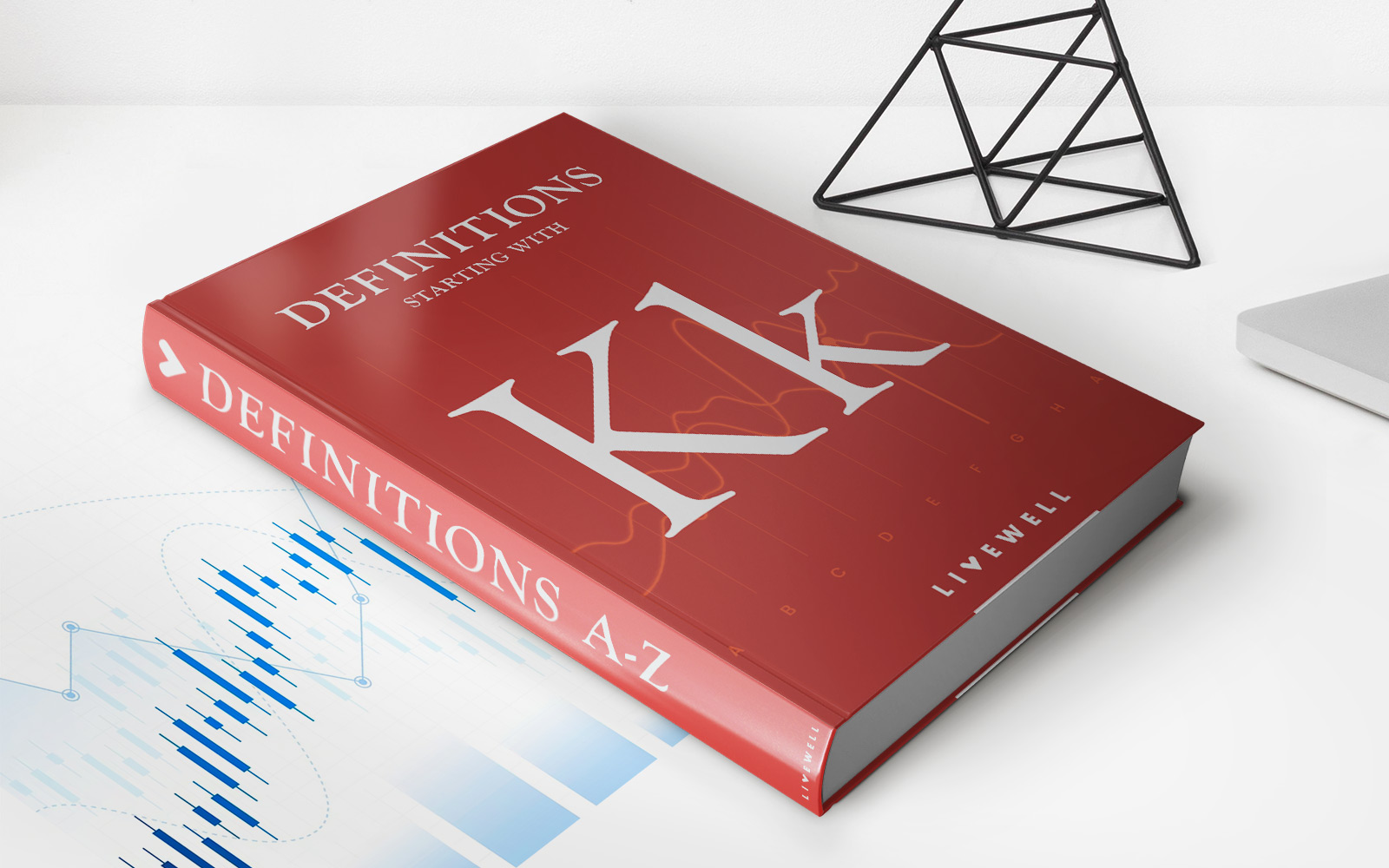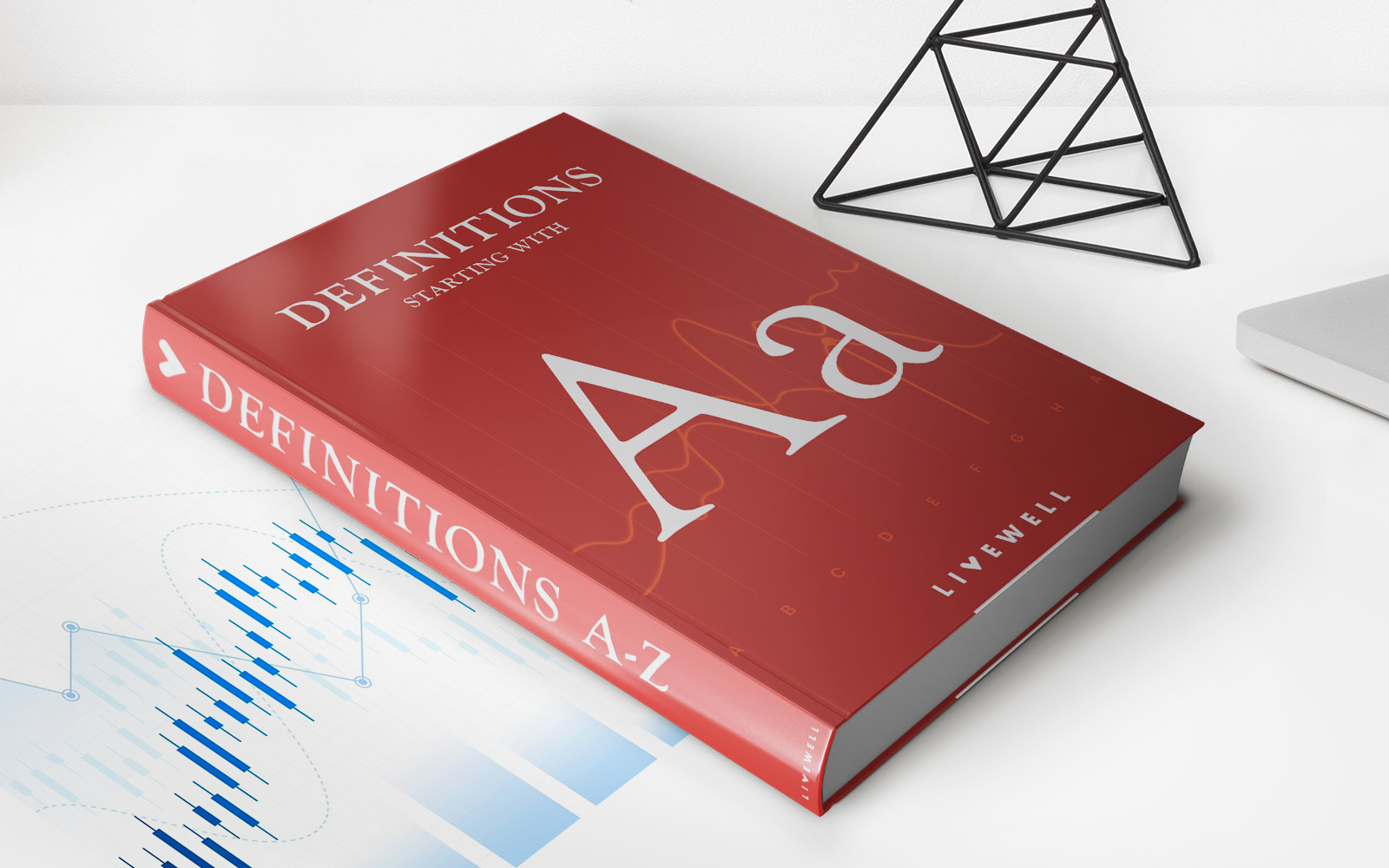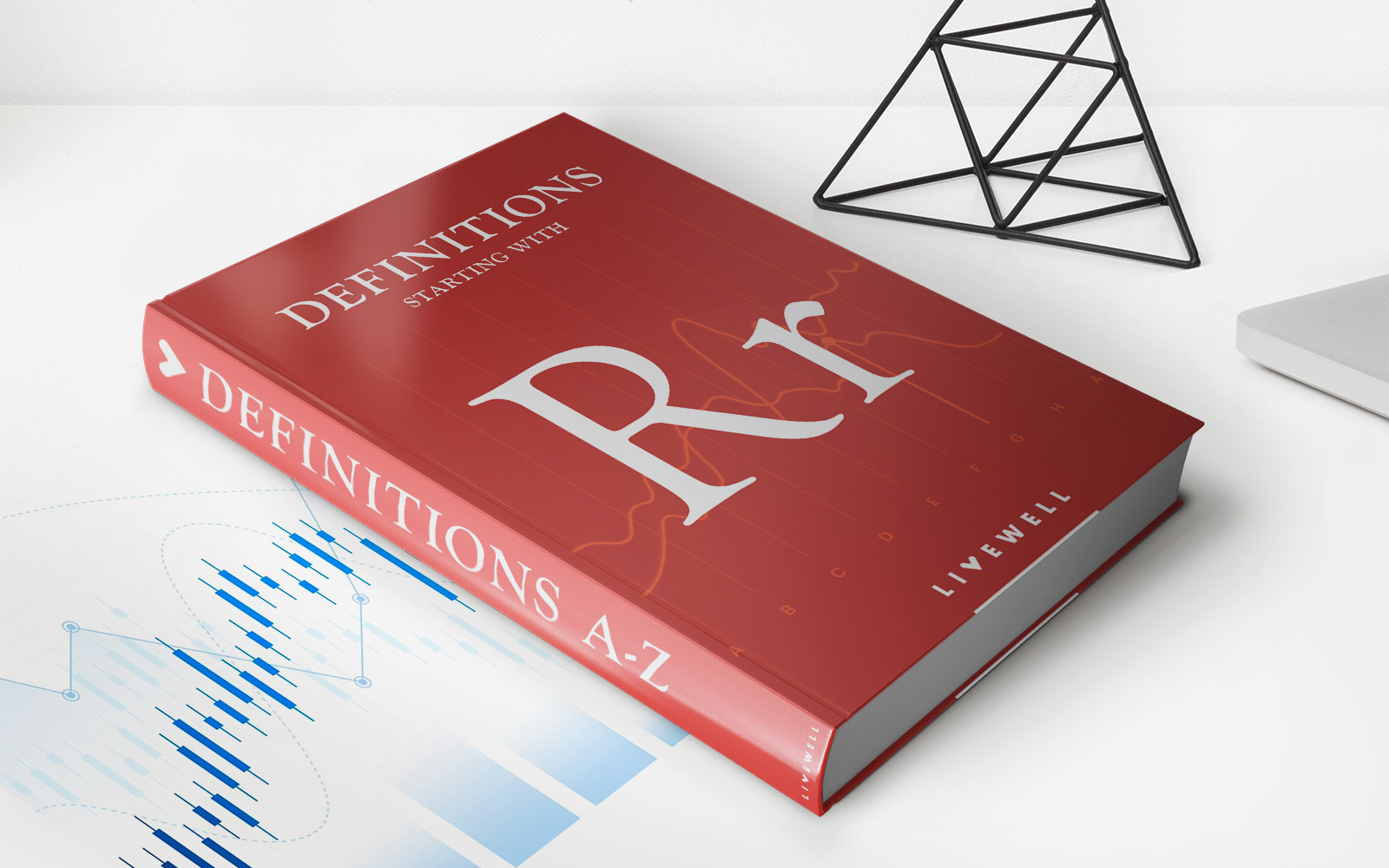Home>Finance>Composite Index Of Leading Indicators: Definition And Uses
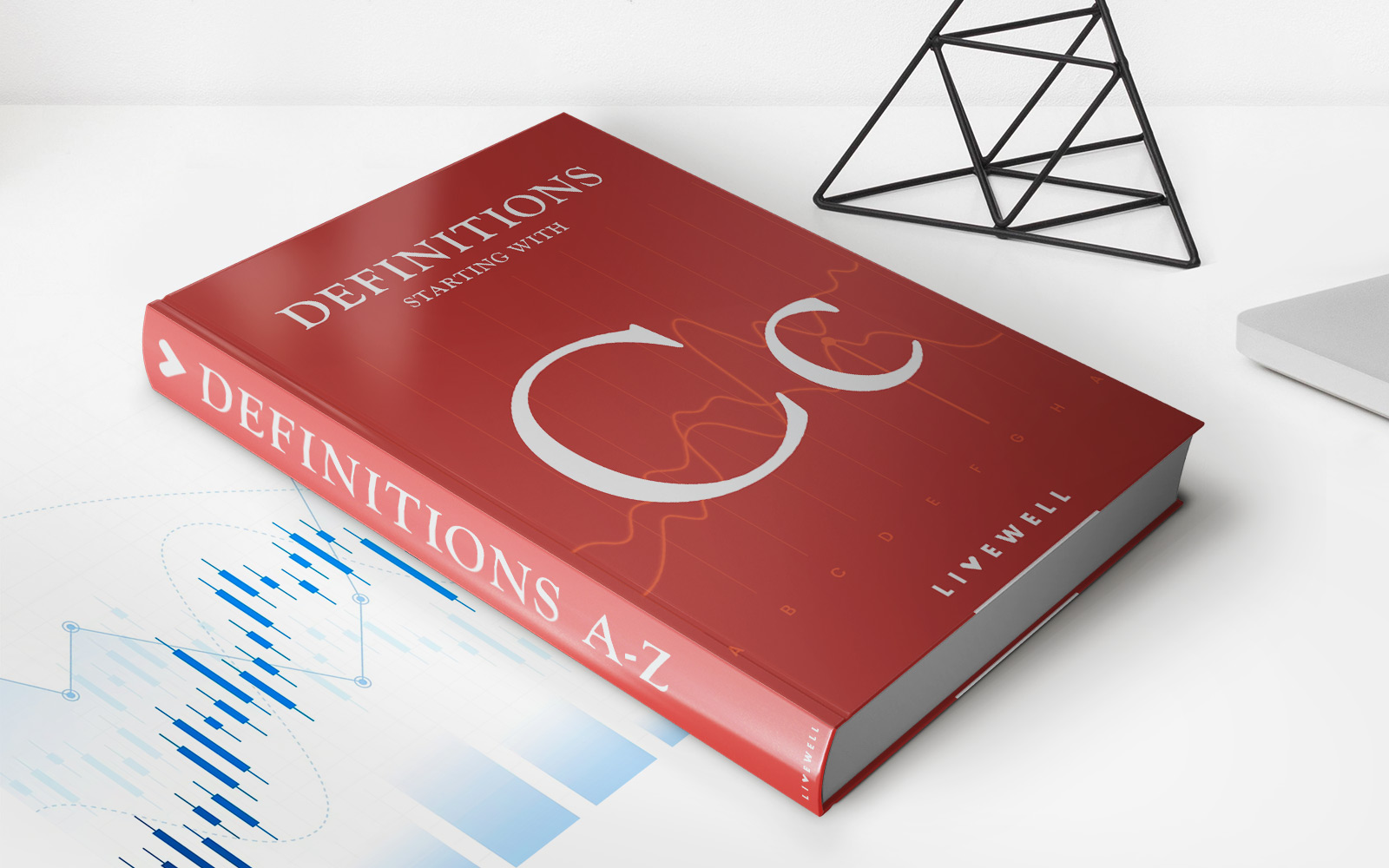

Finance
Composite Index Of Leading Indicators: Definition And Uses
Published: October 31, 2023
Learn about the composite index of leading indicators in finance, its definition, and how it is used to predict economic trends.
(Many of the links in this article redirect to a specific reviewed product. Your purchase of these products through affiliate links helps to generate commission for LiveWell, at no extra cost. Learn more)
Composite Index of Leading Indicators: Definition and Uses
Welcome to the Finance category on our page! Today, we are going to dive into the fascinating world of economic indicators and focus on one in particular – the Composite Index of Leading Indicators. If you’ve ever wondered how experts analyze and predict economic trends, this is a must-read article for you!
What is the Composite Index of Leading Indicators?
The Composite Index of Leading Indicators is an analytical tool used by economists and financial professionals to gain insights into the future direction of the economy. It is essentially a comprehensive index that combines multiple economic indicators, such as stock market performance, building permits, consumer sentiment, and more, to provide a snapshot of where the economy is heading.
Key Takeaways:
- The Composite Index of Leading Indicators is a valuable tool for predicting economic trends.
- It combines various indicators to provide a comprehensive overview of the economy’s direction.
How is it Calculated?
The Composite Index of Leading Indicators is calculated using a mathematical formula that assigns weights to each economic indicator based on its significance and relevance to the overall economy. This formula allows economists to summarize and evaluate the collective impact of individual indicators on the economic outlook.
For example, a rising stock market is often considered a positive leading indicator, suggesting economic growth and increased investments. Conversely, a decrease in consumer confidence may indicate a potential economic downturn. By analyzing a range of leading indicators, economists can assess the potential future performance of the economy and make informed predictions.
Uses of the Composite Index of Leading Indicators
The Composite Index of Leading Indicators is widely used in financial planning, policymaking, and investment decision-making. Here are some of its key uses:
- Economic Forecasting: The index helps economists and financial professionals forecast the future direction of the economy, enabling them to make better-informed decisions.
- Business Planning: Many businesses use the index to anticipate future economic conditions and adjust their strategies accordingly.
- Investment Decision-Making: Investors often rely on the Composite Index of Leading Indicators to identify potential investment opportunities or adjust their portfolios based on predicted economic trends.
- Policy Formulation: Governments and central banks analyze the index to guide policy decisions, such as interest rate adjustments and fiscal stimulus measures, that can help stabilize the economy.
In Conclusion
The Composite Index of Leading Indicators is an indispensable tool for economists, financial professionals, and policymakers looking to gain insights into the future direction of the economy. By analyzing a combination of leading indicators, this index provides valuable guidance on economic trends, facilitating informed decision-making and strategic planning.
So, the next time you hear someone mentioning the Composite Index of Leading Indicators, you’ll have a better understanding of its definition, how it is calculated, and its various uses. Stay tuned for more exciting discoveries in the world of finance!
